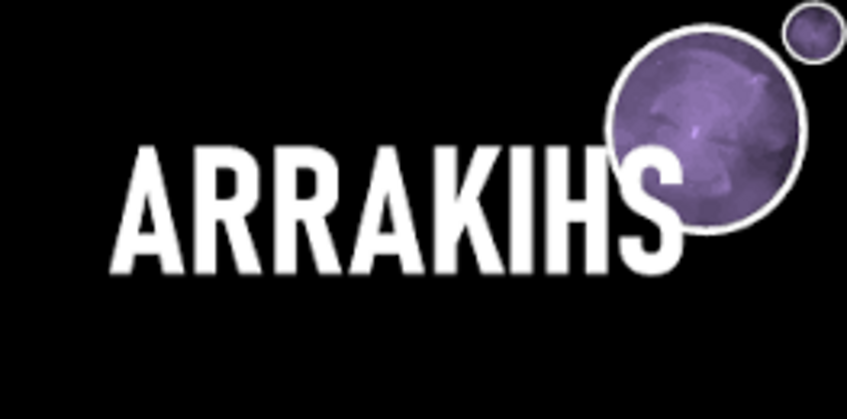ARRAKIHS

Logo for ARRAKIHS
ARRAKIHS
Mission Overview
ARRAKIHS is an acronym for "Analysis of Resolved Remnants for Accreted galaxies as a Key Instrument for Halo Surveys".
With ARRAKIHS we want to answer the key question in modern cosmology, i.e. what is Dark Matter, by carrying out the first comprehensive exploration of the ultra-low surface brightness (SB) universe. The most widely accepted so-called Cold Dark Matter (ΛCDM) model provides an accurate description of the properties of the universe over a wide range of scales, from the Cosmic Microwave Background to the Large-Scale Structure of the universe, but it seems to fail on smaller scales. Observations of faint ultra-low surface brightness satellite galaxies in the local universe might contradict the predictions of the CDM component.
The prediction of the ubiquitous existence of these fossil dwarf satellites in the halos of nearby galaxies according to the ΛCDM model still needs to be proven, but has not yet been fully explored due to their ultra-low SB > 29 mag/arcsec². So far, ground-based imaging has allowed observations of a handful of these faint galaxy halosubstructures only.
With a focus on the local universe, the mission will probe an unexplored region of the observable universe, carrying out observations in VIS, NIR, UV, Ha, and Pasb with its two instruments on-board. (the Uvim-for UV observations, and iSIM-300 for VIS and NIR).
Contribution of our Team
The contribution of the University of Vienna to the payload for the ARRAKIHS mission will be the Auto-Guiding System for the two instruments on board. The contribution of the institute is the on-board software, which will run in the Control and Data Management Unit (CDMU).
Involved Personnel
Austrian coordinator, Co-I: Manuel Güdel
Project lead: Franz Kerschbaum
Technical development: Roland Ottensamer
Important Milestones
ARRAKIHS was selected as F2-mission on November 2, 2022.
The mission is now in Phase A/B1 since September 27, 2023.
Launch date: 2030/2031
Funding
Links
